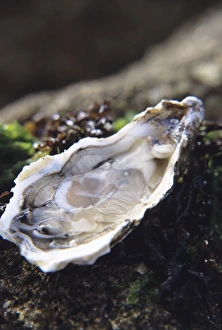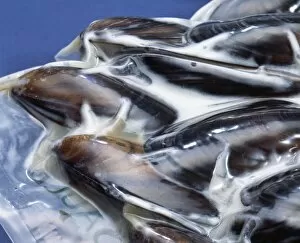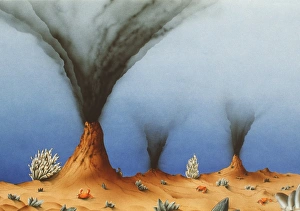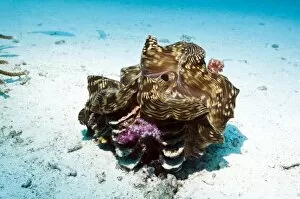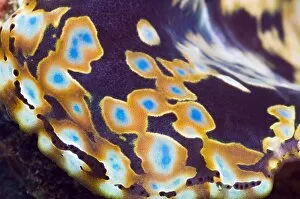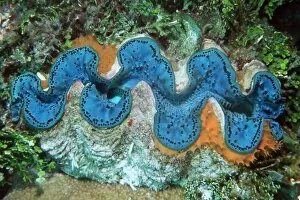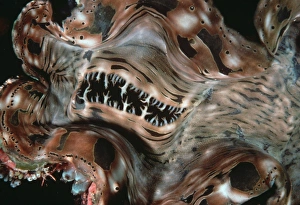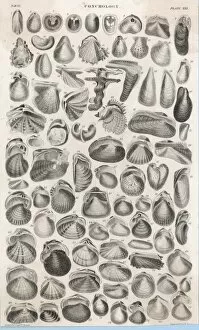Bivalve Collection (page 8)
"Bivalve: Unveiling the Wonders of Shellfish and Marine Life" From the whimsical tale of "The Walrus and the Carpenter" to the ancient reign of extinct marine reptiles
All Professionally Made to Order for Quick Shipping
"Bivalve: Unveiling the Wonders of Shellfish and Marine Life" From the whimsical tale of "The Walrus and the Carpenter" to the ancient reign of extinct marine reptiles, bivalves have left an indelible mark on our world. These fascinating creatures come in various forms, captivating both scientists and nature enthusiasts alike. In West Papua, Indonesia, a mesmerizing spectacle unfolds as the Electric fileclam or Disco clam (Ctenoides ales) showcases its vibrant light display. Its iridescent mantle pulses with electric blue hues, leaving observers spellbound by this underwater disco. Meanwhile, in Lake Neuchatel, Switzerland, Watermilfoil (Myriophyllum spicatum) stands tall amidst clusters of Zebra mussels (Dreissena polymorpha), creating a stunning composition that earned recognition in the Wildlife Photographer of the Year 2019 competition's Plants category. Delving into history reveals extinct bivalve mollusks such as Pholadomya and Terebratula species. These ancient organisms once thrived but now exist only in fossil records—a testament to their former presence on Earth. Perched majestically on Kilauea Point in Hawaii is the iconic Kilauea Lighthouse. This picturesque location serves as a reminder that even man-made structures can harmoniously coexist with nature's wonders like bivalves. The Turbinated Shell, Bivalve Shell, Multivalve Shell—each unique design tells a story etched by time itself. Their intricate patterns serve as reminders that beauty lies not only within living creatures but also within their discarded shells. Witnessing Queen scallops (Aequipecten opercularis) feeding at Glencoe in Ballachulish Lochaber evokes awe for these graceful filter feeders. Their delicate movements remind us of nature's delicate balance between predator and prey.

